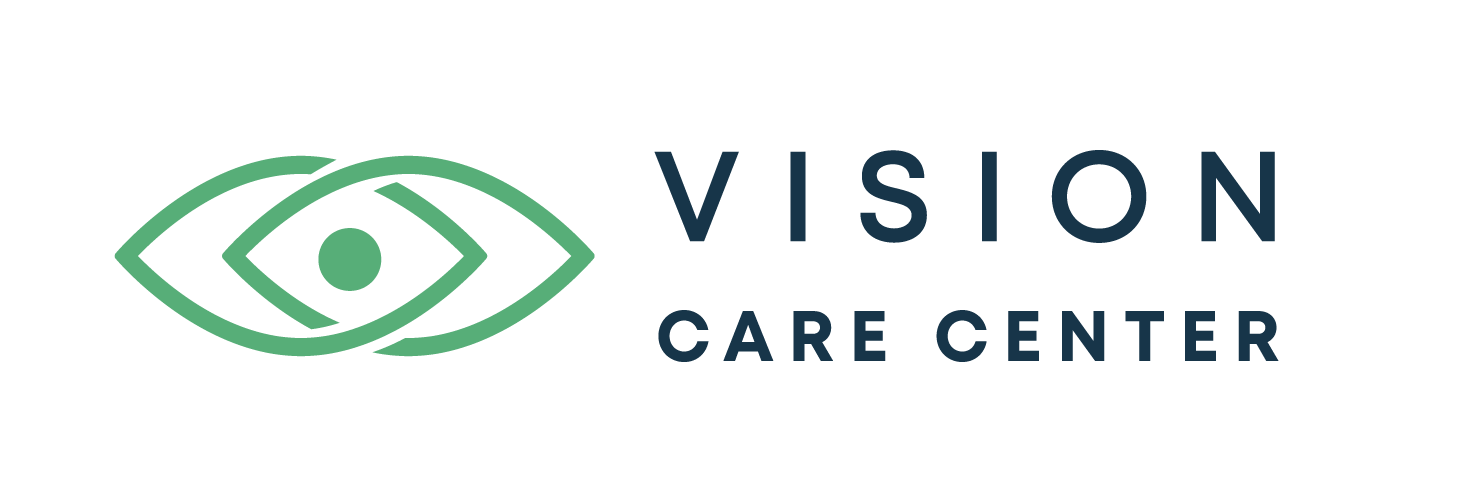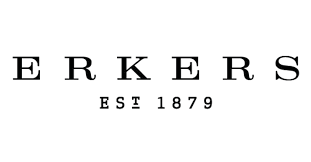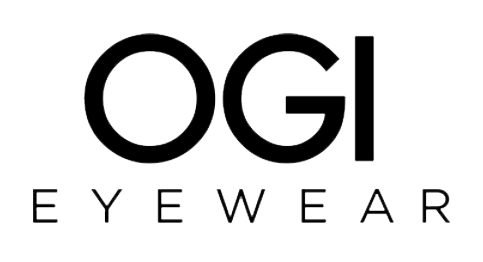Presbyopia

Presbyopia may seem to occur suddenly, but the actual loss of flexibility takes place over a number of years. Presbyopia usually becomes noticeable in the early to mid-forties. Presbyopia is a natural part of the aging process of the eye. It is not a disease and it cannot be prevented.
Some signs of presbyopia include the tendency to hold reading materials at arm’s length, blurred vision at normal reading distance and eye fatigue along with headaches when doing close work. A comprehensive optometric examination will include testing for presbyopia.
To help you compensate for presbyopia, your optometrist can prescribe reading glasses, bifocals, trifocals or contact lenses. Since presbyopia can complicate other common vision conditions like nearsightedness, farsightedness and astigmatism, your optometrist will determine the specific lenses to allow you to see clearly and comfortably. You may only need to wear your glasses for close work like reading, but you may find that wearing them all the time is more convenient and beneficial for your vision needs.
Since the effects of presbyopia continue to change the ability of the crystalline lens to focus properly, periodic changes in your eyewear may be necessary to maintain clear and comfortable vision.












